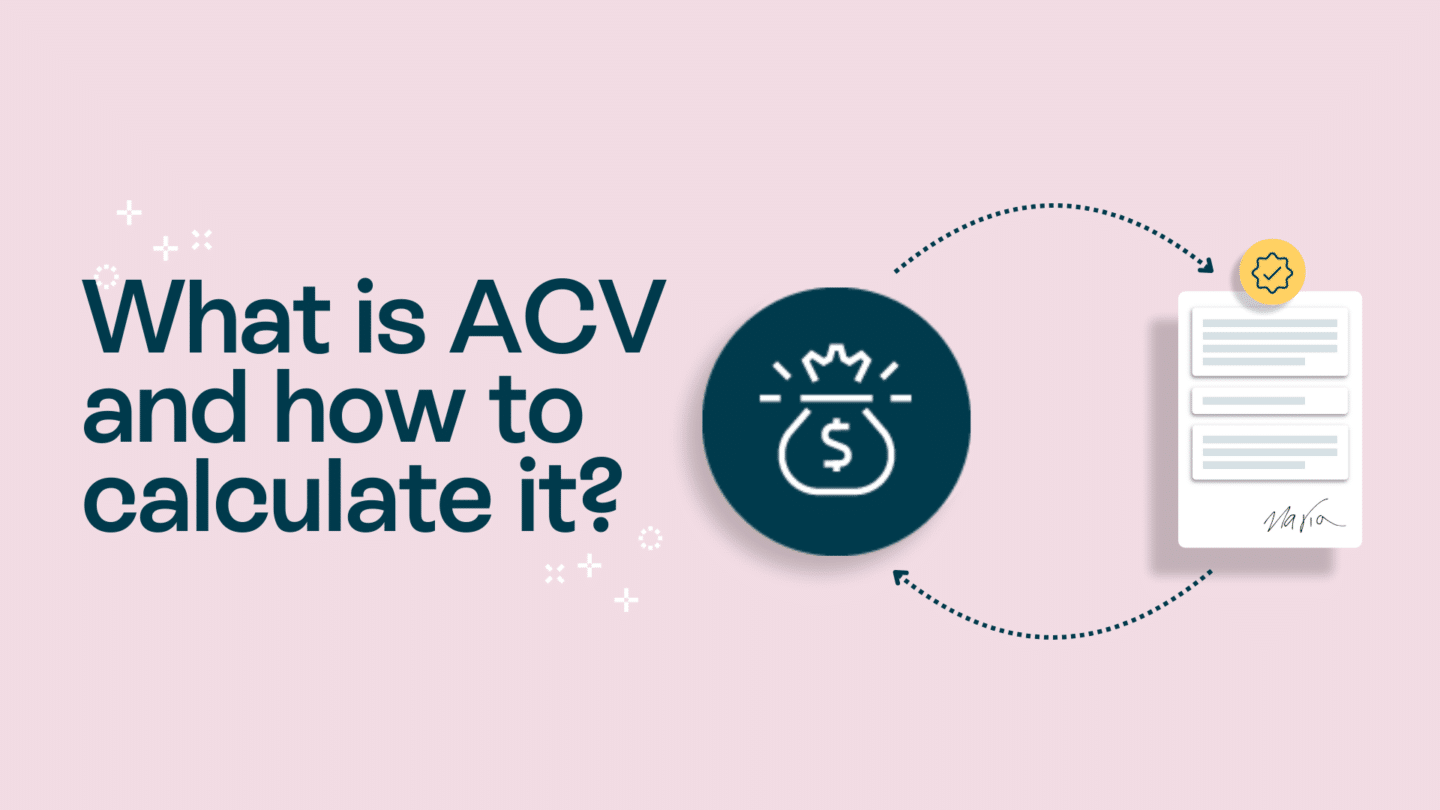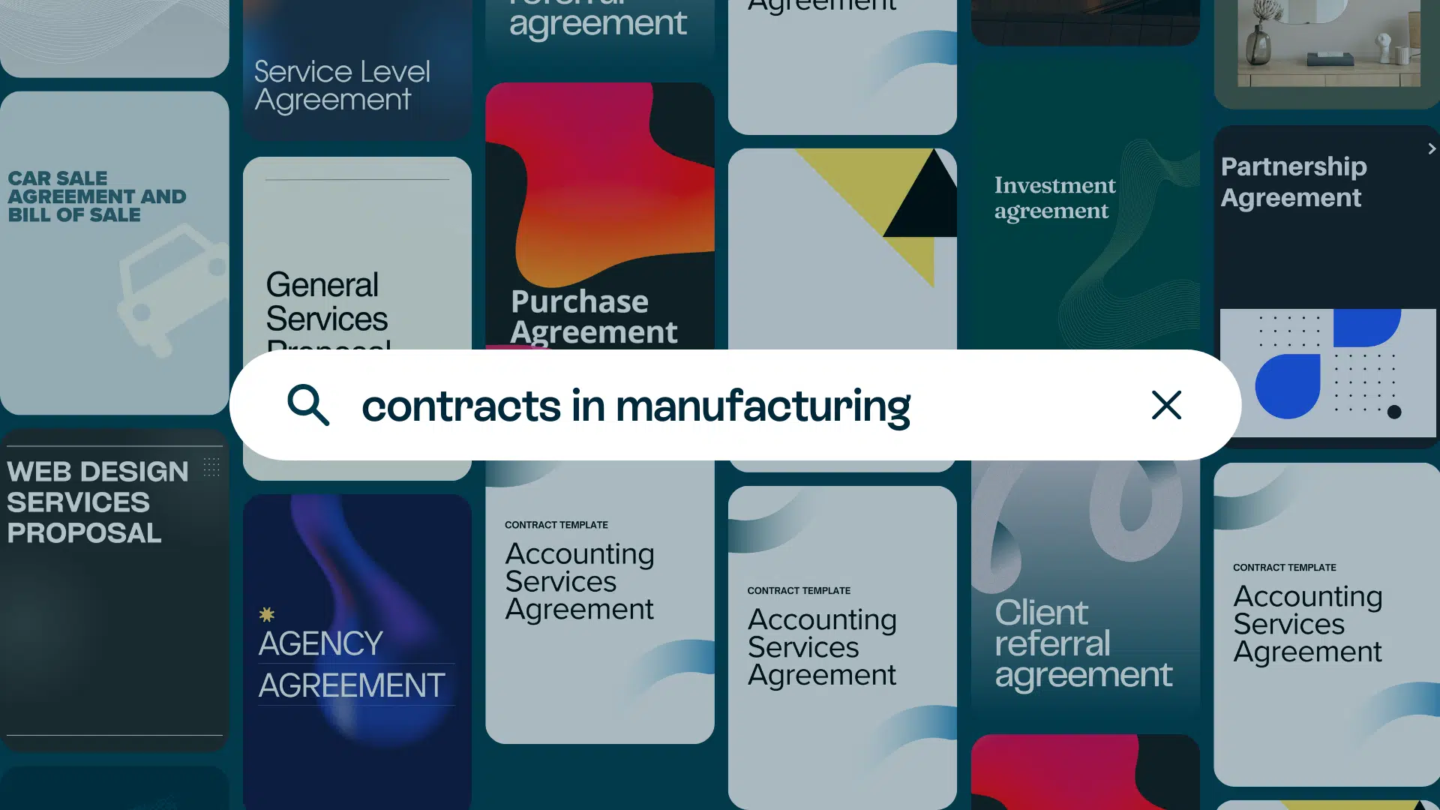In the contemporary landscape of digital operations, businesses are constantly seeking avenues to streamline processes and heighten productivity. An area ripe for optimisation is document management, where the integration of electronic signatures for Salesforce serves as a transformative solution, saving time, mitigating errors, and fostering seamless collaboration.
In this guide, we delve into the advantages of incorporating electronic signatures for Salesforce workflows. Additionally, we’ll explore Oneflow’s unique two-way sync feature, enhancing document management capabilities within the Salesforce ecosystem.
Understanding the power of electronic signature integration
Electronic signatures for Salesforce epitomise efficiency, offering a secure and convenient method for digitally signing documents. Seamlessly integrating these solutions with Salesforce empowers organisations to orchestrate document workflows directly within their CRM platform. Oneflow emerges as a leading contender in this arena, providing robust integration capabilities tailored specifically for Salesforce users.
Read also: “If it’s not in Salesforce, it doesn’t exist” – Oneflow for Salesforce update

The benefits of electronic signature integration
1. Time and cost efficiency
Automating the signature process eliminates the cumbersome cycle of printing, signing, scanning, and mailing documents. Consequently, organisations save valuable time and reduce operational costs associated with traditional paper-based workflows.
2. Enhanced operational efficiency
The integration of electronic signatures facilitates streamlined processes, enabling users to initiate document signings directly from Salesforce. Real-time tracking capabilities empower swift decision-making and foster collaborative endeavors.
3. Compliance and security assurance
Electronic signature solutions adhere to stringent security protocols, ensuring document encryption and tamper-proof transactions. This not only enhances compliance with regulatory frameworks such as GDPR and HIPAA but also furnishes organisations with a secure audit trail.
4. Elevated customer experience
By embracing electronic signatures, businesses deliver a seamless experience to customers, partners, and employees alike. The convenience afforded by digital signatures fosters satisfaction and fortifies relationships with stakeholders.
Read also: Top 5 contract management software that can be integrated with Salesforce

Implementing electronic signatures for Salesforce
1. Research and selection
Initiate your journey by researching electronic signature solutions compatible with Salesforce, with a keen focus on features, pricing, and integration capabilities. Oneflow stands out as an exemplary choice, offering tailored integration solutions for Salesforce users.
2. Installation and configuration
Follow the prescribed instructions to seamlessly install and configure the integration between Oneflow and Salesforce. This typically entails deploying a managed package from the Salesforce AppExchange and configuring authentication credentials.
3. Customisation and workflow design
Craft bespoke workflows within Salesforce to seamlessly integrate electronic signature capabilities. Define processes for initiating document signings, tracking their progress, and securely storing signed documents within the CRM platform.
4. User training and adoption
Empower Salesforce users with comprehensive training on leveraging electronic signature functionalities efficiently. Provide guidance on initiating signings, monitoring progress, and accessing signed documents within the Salesforce environment.
Enhancing document management with Oneflow’s two-way sync
1. Streamlined data synchronisation
Oneflow’s two-way sync feature ensures seamless data exchange between Salesforce and the electronic signature platform. Bidirectional synchronisation enables automatic updates of documents, statuses, and related data in real-time when using electronic signatures for Salesforce.
2. Improved collaboration and efficiency
By fostering bidirectional data flow, Oneflow’s two-way sync facilitates enhanced collaboration and efficiency across teams. Changes made in either Salesforce or Oneflow are reflected instantaneously, promoting streamlined workflows and eliminating data silos.
Read also: Oneflow has a native Salesforce app for your digital contracts

Optimising electronic signature integration for Salesforce
1. Integration maintenance
Regularly monitor the electronic signature integration to ensure sustained functionality. Keep up-to-date with updates and patches released by Oneflow and promptly apply them to maintain compatibility with Salesforce.
2. Performance monitoring
Monitor key performance metrics related to document workflows, such as turnaround time and error rates. Utilise insights gleaned from data analysis to identify areas for improvement and optimise processes accordingly.
3. User feedback and iteration
Solicit feedback from Salesforce users regarding their experience with electronic signature integration. Leverage user input to identify pain points and areas for enhancement, collaborating with Oneflow to implement iterative improvements.
4. Compliance audits
Conduct periodic audits to verify compliance with regulatory frameworks and industry standards. Maintain meticulous documentation of audit trails and ensure that security measures remain up to date.
The key takeaways
The integration of electronic signatures for Salesforce, particularly through platforms like Oneflow, represents a pivotal opportunity for businesses to revolutionise document management practices within the Salesforce ecosystem. By leveraging the robust capabilities of electronic signature solutions and harnessing the power of Oneflow’s two-way sync feature, organisations can unlock unprecedented levels of efficiency, collaboration, and compliance. Through meticulous implementation, optimisation, and ongoing maintenance, businesses can chart a course towards enhanced productivity and elevated customer experiences in the digital age.







